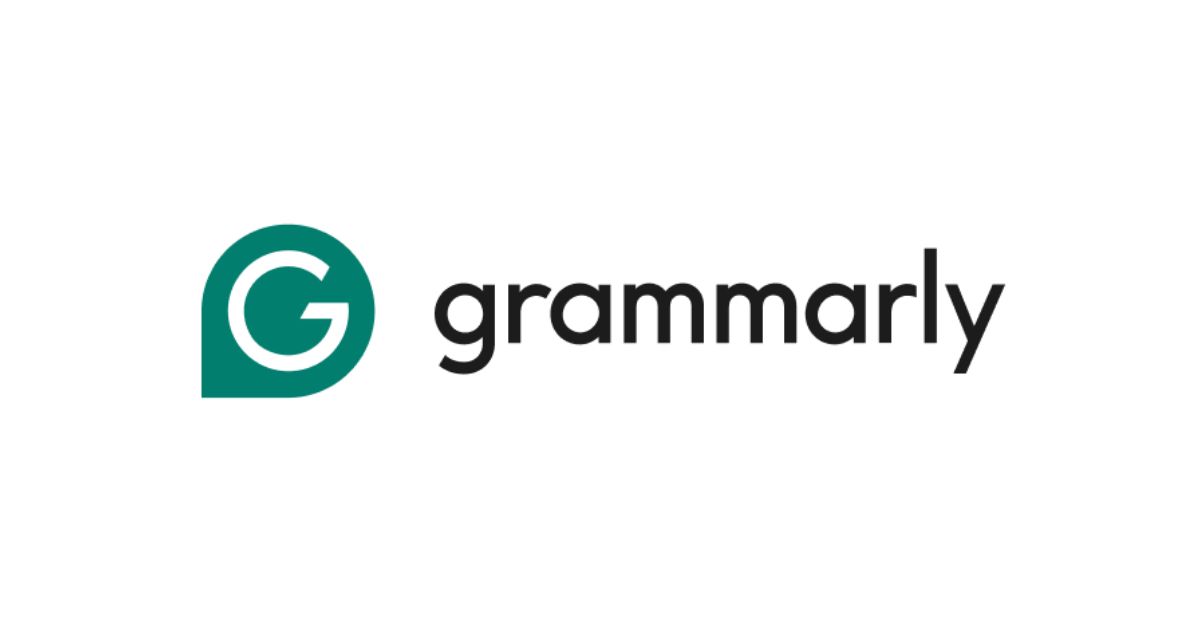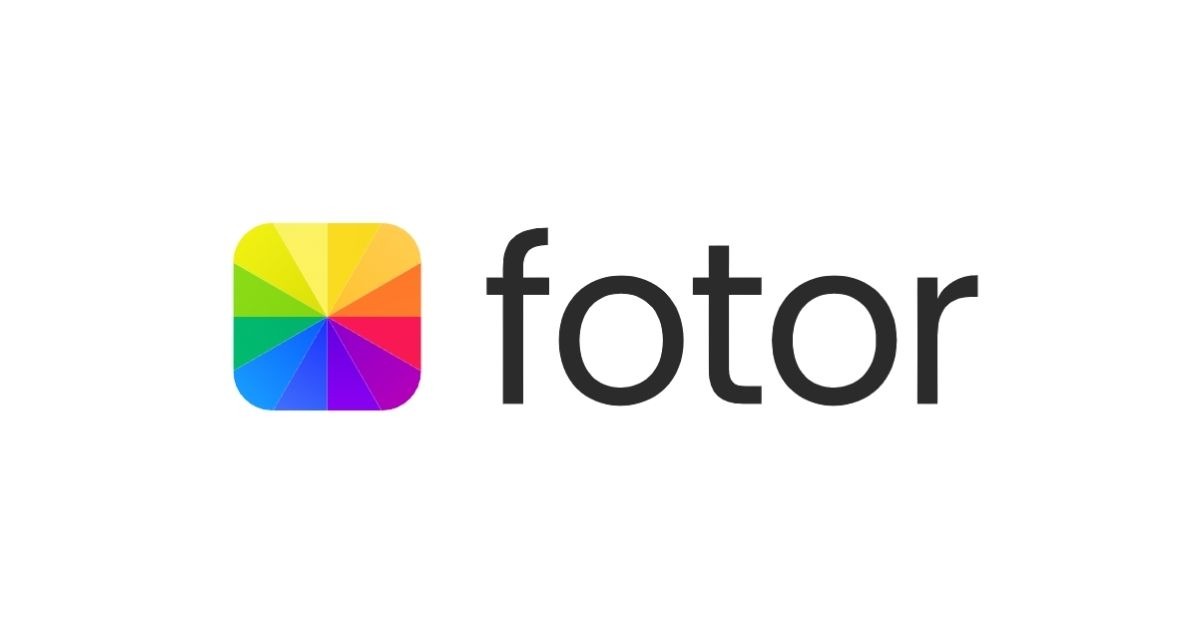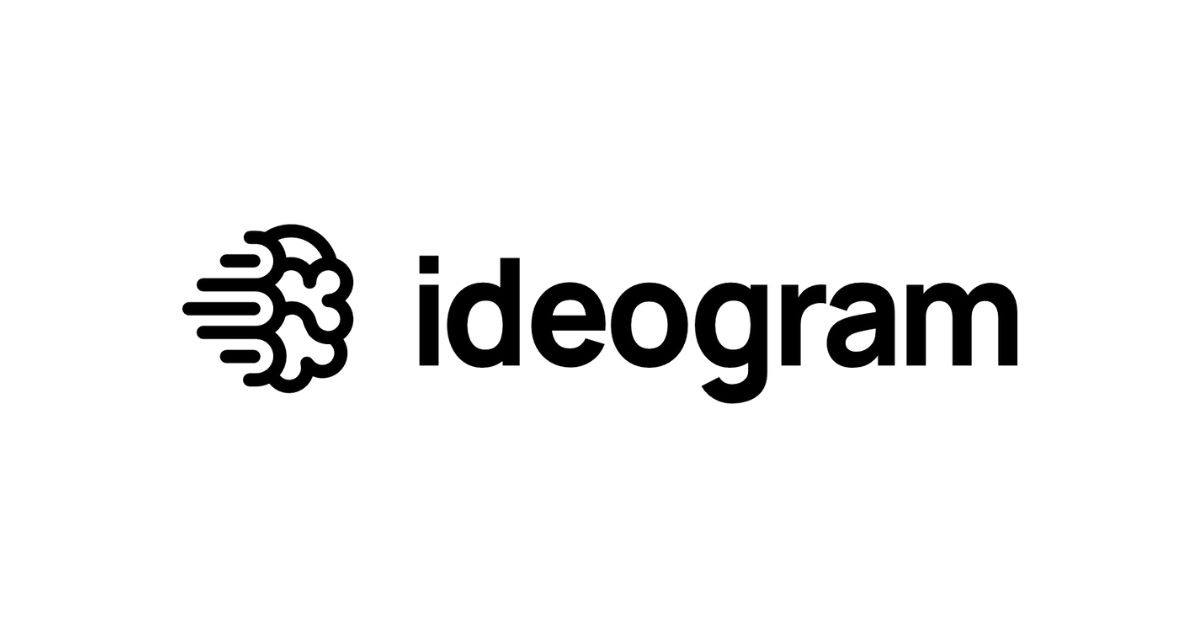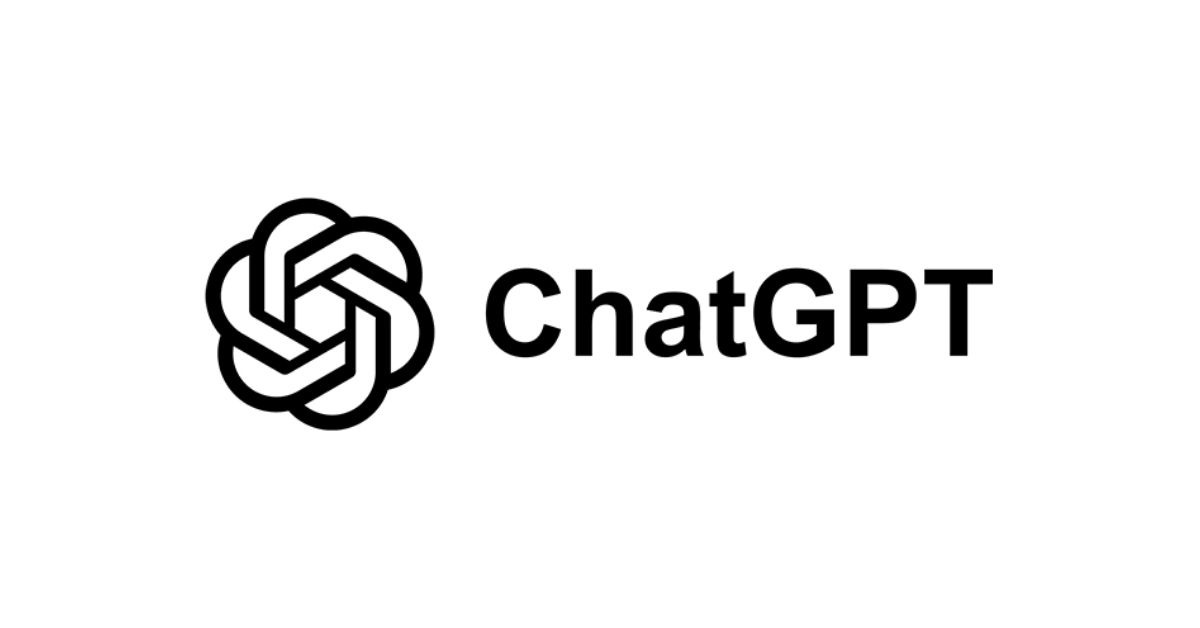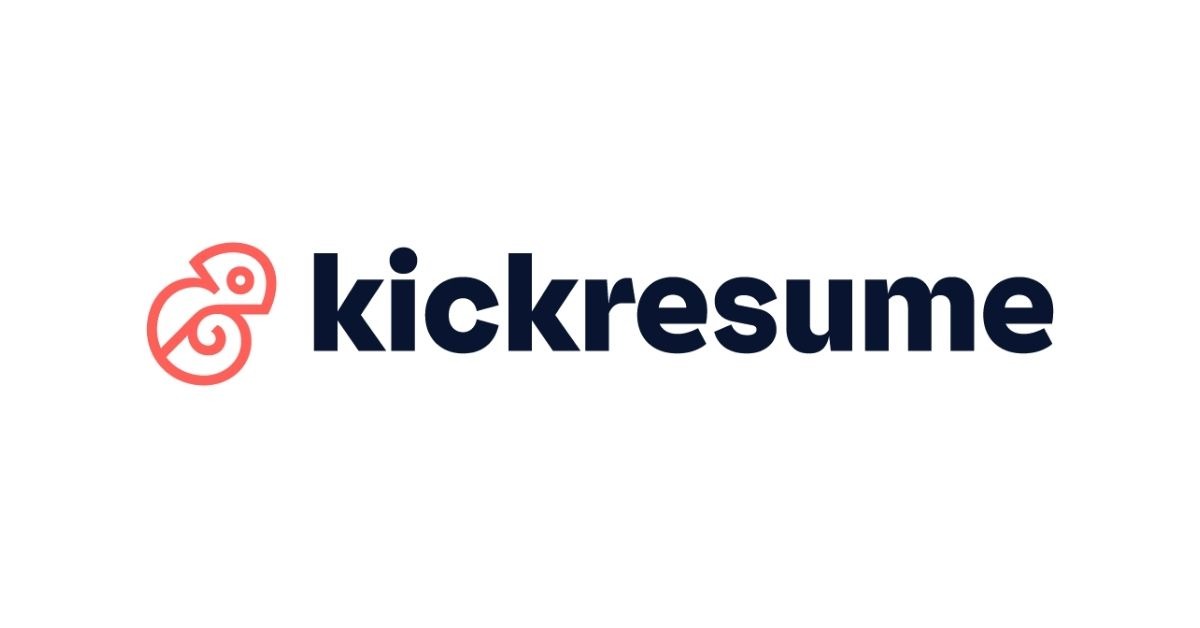Grammarly Review: At a Glance
What It Is
Grammarly is a real-time AI-powered writing assistant that checks grammar, spelling, punctuation, tone, clarity, and even offers full-sentence rewrites. Launched in 2009, it has evolved into one of the most widely used tools for improving written communication across email, documents, web apps, and more.
Who It’s For
Grammarly is ideal for writers, students, marketers, remote professionals, and anyone who relies on clear, polished writing. Whether you’re creating blog content, professional emails, or academic essays, Grammarly can help reduce mistakes and boost your writing’s effectiveness.
Why It Matters Right Now
With the surge of AI writing tools like ChatGPT, Jasper, and Notion AI in 2024-2025, Grammarly stands out by focusing not just on content creation but on refinement and correctness. In a world saturated with AI-generated text, clarity and tone are now differentiators, making tools like Grammarly more essential than ever.
Quick Pros and Cons
Pros
- Accurate grammar and tone suggestions
- Intuitive browser and app integrations
- Smart AI rewrites and clarity improvements
- Works across Google Docs, Gmail, Slack, and more
Cons
- An expensive premium plan for casual users
- Occasional overcorrections or tone mismatches
- Limited offline functionality
First Impressions & Personal Experience
I tested Grammarly across several platforms: Chrome extension, Microsoft Word plugin, and the Grammarly desktop app. First-time setup took less than five minutes, with a guided onboarding process that felt modern and beginner-friendly.
Upon first use, Grammarly instantly highlighted issues in real-time, without being intrusive. I appreciated the side panel, which cleanly displayed suggestions categorized by correctness, clarity, tone, and engagement.
When rewriting a marketing email draft, Grammarly’s suggestions felt intelligent and subtle, unlike many AI tools that rewrite text too aggressively. However, I noticed that its tone detector occasionally misread sarcasm or informal phrases. Still, it was more of a quirk than a deal-breaker.
Core Features & Real-World Performance
1. Grammar and Spell Check
Grammarly remains a leader in this category. It picks up on advanced grammar issues, like incorrect verb forms or dangling modifiers, better than native spellcheckers in Word or Google Docs. In practical use, I found it especially helpful for catching errors in long-form writing.
What works: Accurate, fast, and minimal false positives.
What doesn’t: Overzealous correction of informal writing or regional phrases.
2. Tone Detection
Tone detection has improved with Grammarly’s AI upgrades. It evaluates whether your writing comes off as confident, friendly, or forceful.
Use case: Before sending client emails, I ran them through Grammarly to ensure the tone aligned with my intention.
What works: Useful feedback for business and academic writing.
What doesn’t: Less effective with humor, irony, or creative content.
3. AI Rewrites and Suggestions
This is Grammarly’s response to tools like ChatGPT and Jasper. You can now highlight sentences and get AI-powered rewrites for clarity or fluency.
Use case: Polishing dense or awkward phrasing in reports.
What works: Rewrites are context-aware and often better than the original.
What doesn’t: Lacks flexibility – no way to tweak or rewrite goals beyond clarity.
4. Plagiarism Checker
Available only on Premium, Grammarly scans billions of web pages to flag copied content.
Use case: Checking freelance submissions or academic work.
What works: Fast and accurate scanning.
What doesn’t: No citation recommendations or source comparison like Turnitin.
5. Multiplatform Integration
Grammarly works across Chrome, Firefox, Edge, Safari, MS Word, Google Docs, and its own desktop app. Mobile support is available through the Grammarly Keyboard.
What works: Seamless syncing and in-context corrections.
What doesn’t: Google Docs integration still lags behind others in speed.
User Experience (UI/UX)
Grammarly’s UI is sleek and minimalist. The sidebar UI is consistent across apps and browsers, and the suggestion cards are color-coded and easy to understand. Whether you’re writing an essay or a Slack message, the interface feels native, not bolted on.
Beginner-Friendly? Absolutely. Even first-time users can navigate and apply suggestions with zero training.
Standout UX Feature: The ability to set writing goals (audience, formality, intent) and receive tailored feedback is both powerful and intuitive.
Pricing: Is It Worth It?
Grammarly Plans (as of 2025):
| Plan | Monthly | Annual (per month) | Features |
| Free | $0 | $0 | Basic grammar & spelling checks |
| Premium | $30 | $12/mo | Tone, clarity, full-sentence rewrites, style, plagiarism |
| Business | $25/user | $15/user/mo | Team analytics, SSO, and admin dashboard |
Value vs. Competitors
Compared to ProWritingAid or Quillbot, Grammarly is pricier, but also more refined in UI and integrations. If you’re a student or casual writer, the free plan might suffice. For professionals or teams, the Premium or Business plan justifies the cost through time saved and improved output quality.
Verdict: Premium is worth it if writing is central to your work or brand.
Strengths and Limitations
| Strengths | Limitations |
| Best-in-class grammar engine | Premium pricing may be steep for students |
| Clean, intuitive UI | Lacks offline mode |
| Fast, accurate AI rewrites | No deep formatting or publishing tools |
| Multiplatform support | Tone suggestions can be inconsistent |
Competitor Comparison
Grammarly vs ProWritingAid
- ProWritingAid offers deeper writing reports and style guides, but it feels clunkier.
- Best for novelists or long-form writers who want granular feedback.
Grammarly vs Jasper AI
- Jasper is geared toward content generation, not editing.
- Jasper wins for SEO blog writing; Grammarly wins for refinement and tone.
Grammarly vs Notion AI
- Notion AI integrates better into planning and note-taking, but lacks Grammarly’s polish.
- Grammarly wins for emails, professional writing, and real-time correction.
Final Verdict: Should You Use Grammarly?
If you write regularly – whether you’re drafting blog posts, professional reports, or academic papers – Grammarly is one of the best AI writing assistants available in 2025. While it won’t replace your creativity or human editing entirely, it will catch mistakes, polish your tone, and help you communicate more effectively.
Best For:
- Remote professionals
- Business communicators
- Content marketers
- ESL writers
- Students
Not Ideal For:
- Heavy creative writers need flexible style guidance
- Users needing offline access
⭐ Editor’s Score: 4.6/5
Frequently Asked Questions
1. Is Grammarly’s free version good enough?
Yes, for basic grammar, spelling, and punctuation checks. But advanced tone, clarity, and rewrite features are locked behind Premium.
2. Can Grammarly detect plagiarism accurately?
It does a solid job, but lacks academic-specific features like citation checks.
3. Is Grammarly safe and private?
Yes. Grammarly states that they don’t sell or use your content to train their AI. Still, don’t use it for confidential or legal documents unless on a Business plan with an NDA.
4. Can I use Grammarly offline?
Not at this time. An internet connection is required.
5. What are Grammarly’s best use cases?
Polishing emails, improving clarity in blog posts, checking tone in reports, and proofreading academic assignments.

